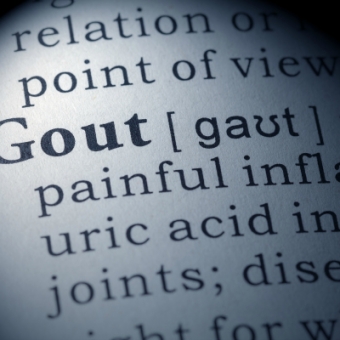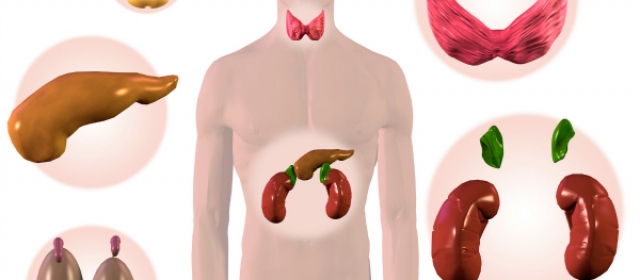
All News
Upcoming Events

Oral medications provide a convenient way for men to manage their erectile dysfunction (ED). These drugs are called phosphodiesterase type 5 (PDE5) inhibitors. Some of the most commonly prescribed ED drugs are the following:
Dapoxetine is a safe and effective treatment for premature ejaculation (PE), but it has a high discontinuation rate, according to new research.









